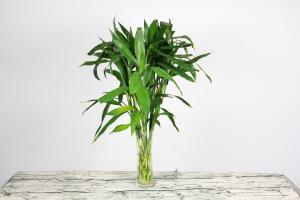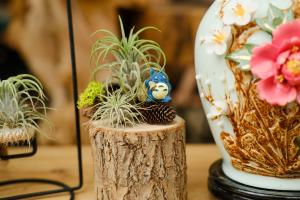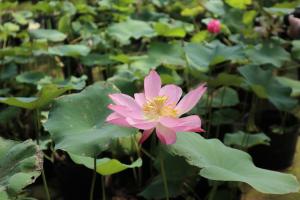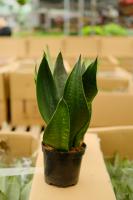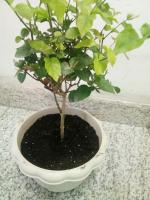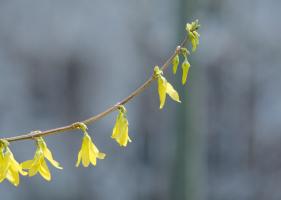Is Pong Pong Tree a Flowering Plant?
The Pong Pong tree, also known as the Cerbera odollam, is a tropical plant native to Southeast Asia and India. The tree is known for its toxic fruits and leaves, which contain potent cardiac glycosides that can cause fatal harm to humans and animals. Despite its dangerous reputation, many people wonder whether the Pong Pong tree is actually a flowering plant. In this article, we will explore the botanical characteristics of the Pong Pong tree to find out if it is, indeed, a flowering plant.
The Pong Pong Tree's Botanical Characteristics
The Pong Pong tree belongs to the Apocynaceae family, which is known for its milkweeds and dogbanes. Like many plants in this family, the Pong Pong tree produces white or pink flowers that grow in clusters. The flowers are trumpet-shaped and have a sweet fragrance that attracts pollinators to the tree. During pollination, the flowers produce a milky sap that contains cardiac glycosides, which help to protect the tree from herbivores.
Pong Pong Tree's Fruit
The Pong Pong tree's fruit is an ovoid or round drupe that measures about 10 to 15 centimeters in diameter. The fruit is green when unripe and turns yellow when ripe. Inside the fruit, there is a large seed that accounts for about 70% of the fruit's weight. The seed contains potent toxins that can cause fatal harm to humans and animals. Therefore, it is essential to handle the Pong Pong fruit with care and avoid ingesting it or letting pets or livestock come into contact with it.
The Pong Pong Tree's Importance
Despite its toxic nature, the Pong Pong tree has several uses in traditional medicine and culture. In India, the tree's bark, leaves, and fruits are used for their medicinal properties to treat various ailments, such as skin diseases, fever, and rheumatism. The tree is also used in folk practices to ward off evil spirits and to protect against snake bites. Moreover, the tree has cultural significance in Southeast Asia, where it is featured in folklore and traditional ceremonies.
Conclusion
In conclusion, the Pong Pong tree is a flowering plant that produces white or pink flowers that grow in clusters. The tree is known for its toxic fruits and leaves, which contain potent cardiac glycosides that can cause fatal harm to humans and animals. Despite its dangerous reputation, the tree has several uses in traditional medicine and culture, and it has cultural significance in Southeast Asia. Therefore, it is essential to handle the Pong Pong tree with care and respect its medicinal and cultural values.

 how many times do yo...
how many times do yo... how many planted tre...
how many planted tre... how many pine trees ...
how many pine trees ... how many pecan trees...
how many pecan trees... how many plants comp...
how many plants comp... how many plants can ...
how many plants can ... how many plants and ...
how many plants and ... how many pepper plan...
how many pepper plan...